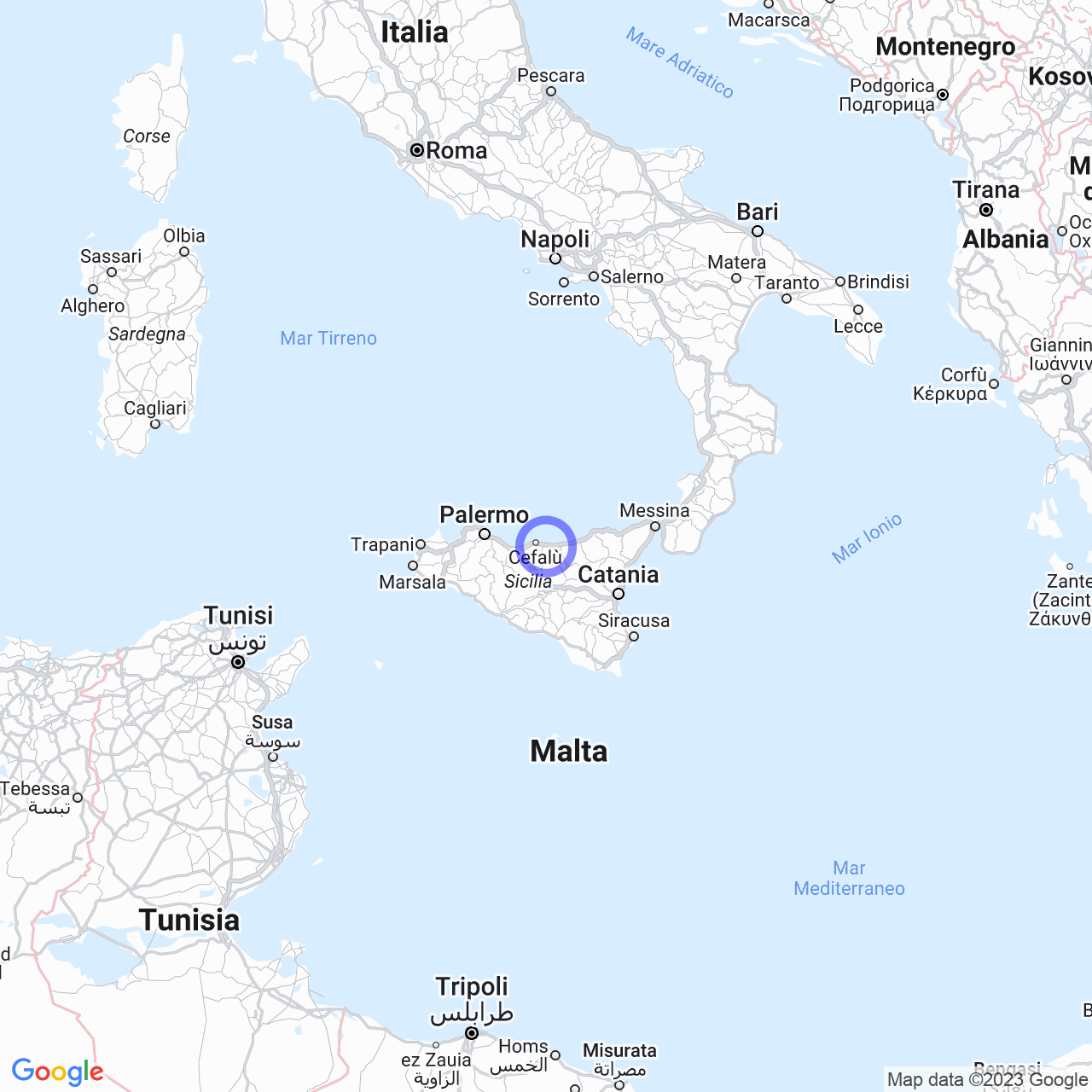Pollina
Pollina: an enchanted corner of Sicily
Pollina is a municipality in the metropolitan city of Palermo in Sicily, with a population of approximately 2,837 inhabitants. The city is situated in the Madonie Regional Natural Park and is characterized by an economy based on the cultivation of Fraxinus, which is used to produce Manna, a Slow Food Presidium and Ark of Taste. In this article, we will discover the history of the city and its artistic and cultural treasures.
History
According to historians, Pollina could be the modern heir of Apollonia, an ancient city of Magna Graecia, but there is no concrete evidence to support this hypothesis. The municipality became the property of the Ventimiglia family in 1321 when it was granted to Count Francesco Ventimiglia by the Bishop of Cefalù. This family held the barony until the beginning of the 19th century when the law on the dissolution of feudalism was enacted.

Tourism in Pollina
In the 1970s, thanks to the construction of the open-air "Pietrarosa" theater, Pollina saw the beginning of the tourism development that still characterizes the city today. The theater, designed by the architect Foscari and obtained from a dolomitic rock, recalls the architecture of the Greek theater. However, starting from the 90s and following the earthquake, the population largely moved to Finale (Pollina), causing the decentralization of activities in the fraction.
Production of Manna
The cultivation of Fraxinus is very important for the local economy and the entire Madonie Regional Natural Park. The liquid that flows from incisions made on the bark of the trees is then collected and used in medicinal compounds. This product, called Manna, is obtained only in the woods surrounding Pollina, which have become a sort of "open-air museum." Manna was already known two thousand years ago at the time of Greek and Roman physicians who had called it "dew honey" or "ash tree honey." The Arabs, on the other hand, considered it a blessed product mentioned even in the Quran.
Main monuments
Pollina is a real architectural gem. The churches of Pollina house works of art from the 15th and 16th century Sicilian period, including the marble statue of the Madonna della Grazia from 1514 and the sculptural group of the Nativity, created by Antonello Gagini in 1526. The Tower of Francesco Maurolico is part of the defensive system of the Castle of Pollina and from 1548 to 1550 was used by Francesco Maurolico as an astronomical observatory. Finally, the Pietra Rosa Theater, inaugurated in 1979, is an entirely stone open-air theater adapting the natural slope that extended at the foot of the Tower.
Conclusions
Pollina is a town with an antique and enchanted history. It has an economy based on the cultivation of Fraxinus and produces a unique product called Manna, which is used in medicinal compounds and has been considered a blessed spiritual good by the Arabs. Pollina is also famous for its charming Pietra Rosa Theater and its architectural and cultural treasures. If you are looking for an authentic experience in Sicily, Pollina is a destination not to be missed.
